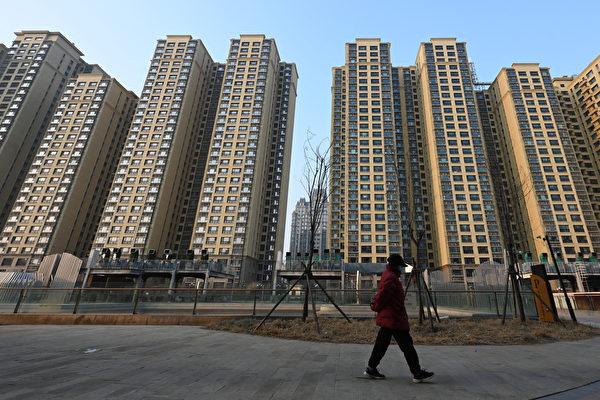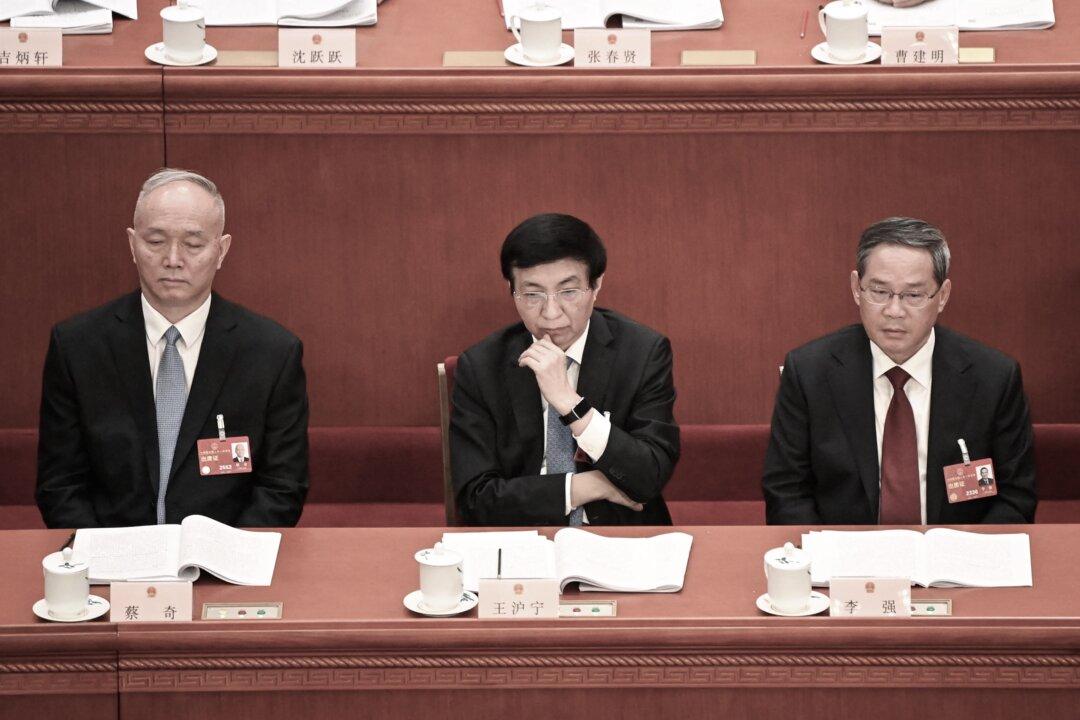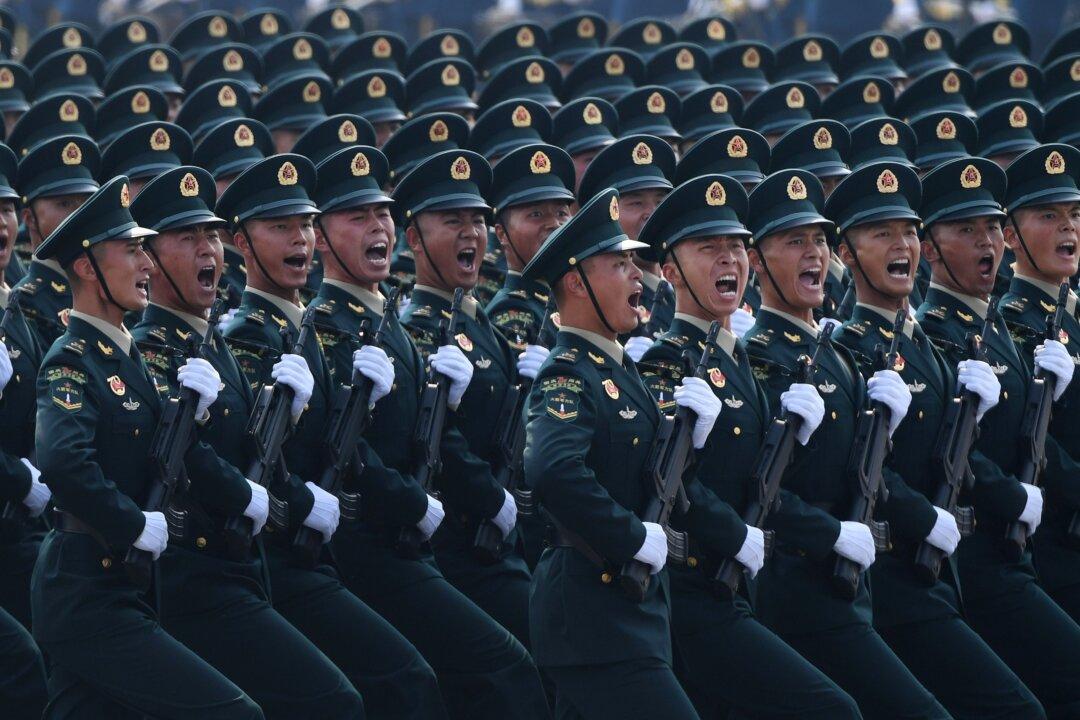Since 2023, the number of homes listed for sale in China has steadily risen to an all-time high as prices continue to fall due to slow demand. Economists suggest this trend reflects the overall economic collapse in China, manifested by stagnant housing sales, which is expected to trigger additional concerns.
In February, data from Zhuge House Research Center, an internet company in the Chinese real estate industry, showed that in fourteen key cities including Beijing, Shenzhen in Guangdong, Shanghai, and Hangzhou, the number of homes listed for sale increased by 56.85 percent year-on-year, rising for eighteen consecutive months. Among them, Hangzhou saw the highest year-on-year increase in home listings, reaching 181.29 percent, followed by Shanghai and Suzhou with year-on-year increases of 155.80 percent and 152.38 percent, respectively.






